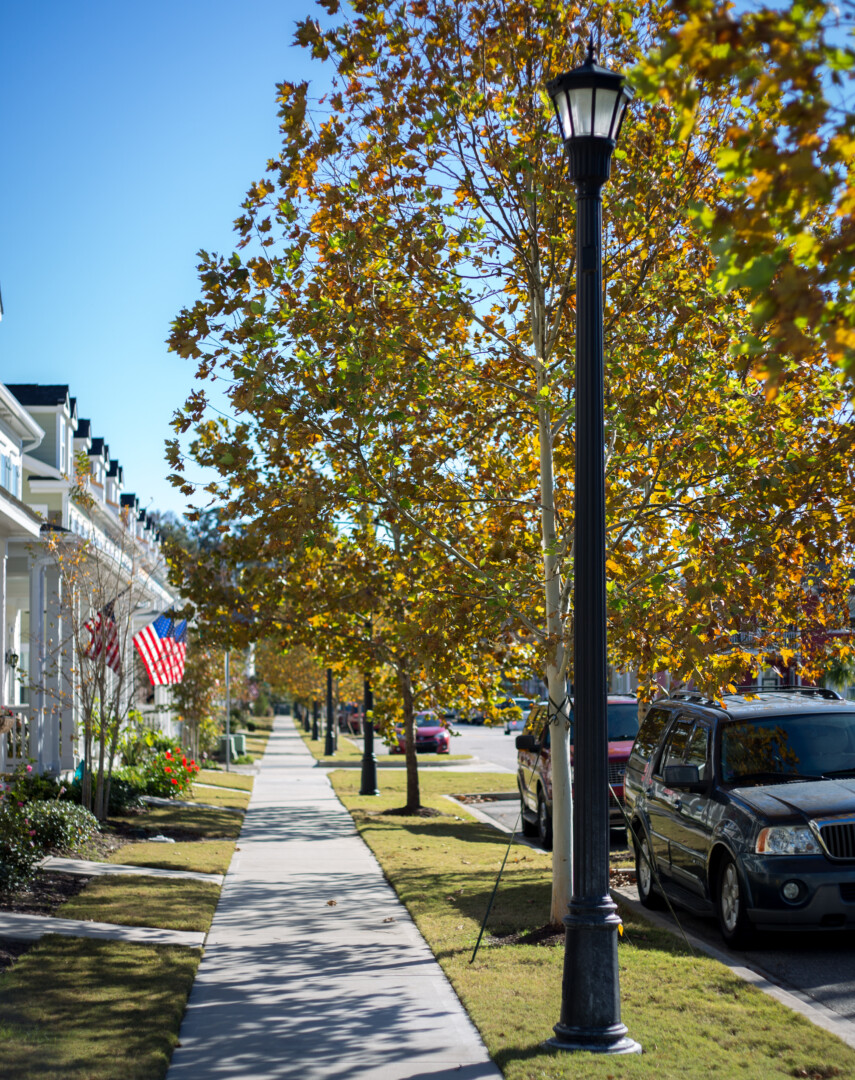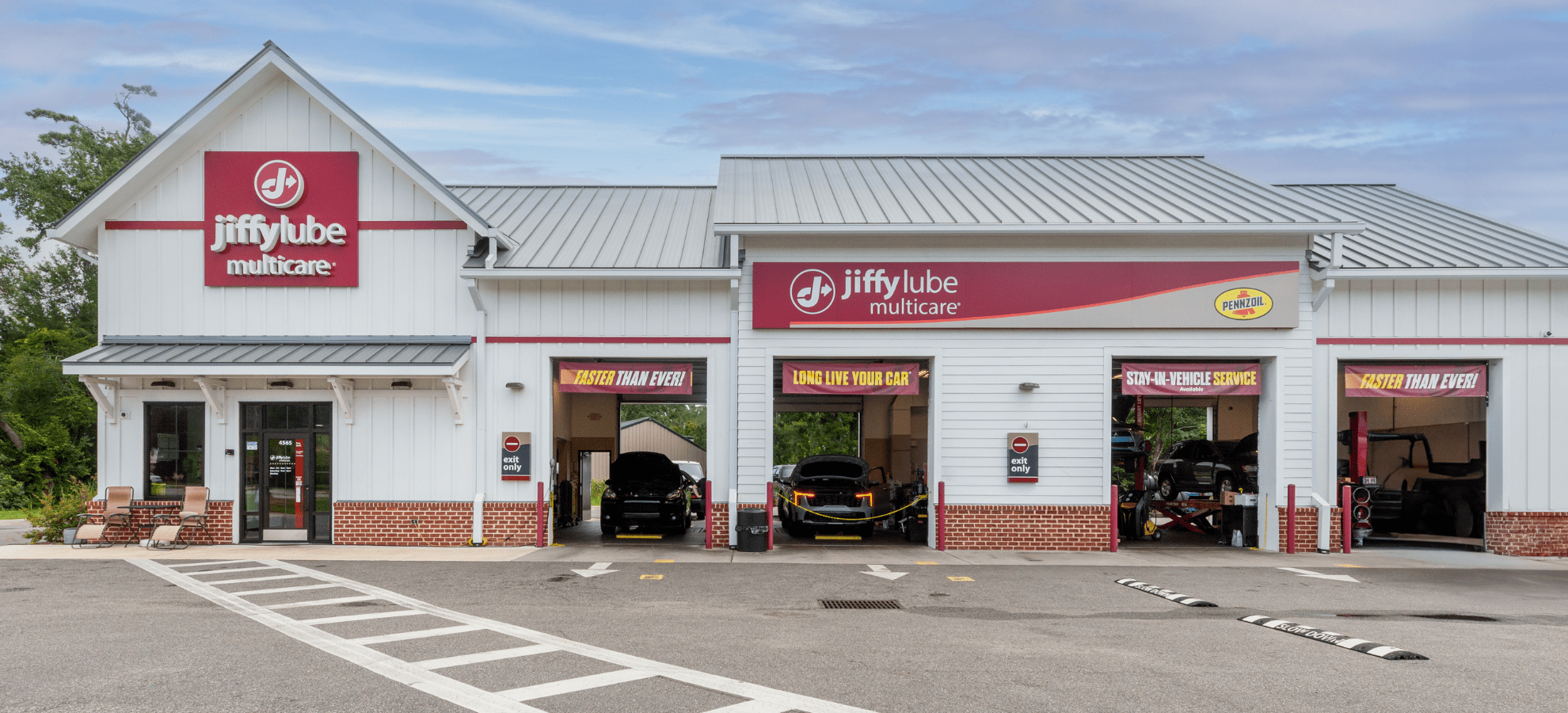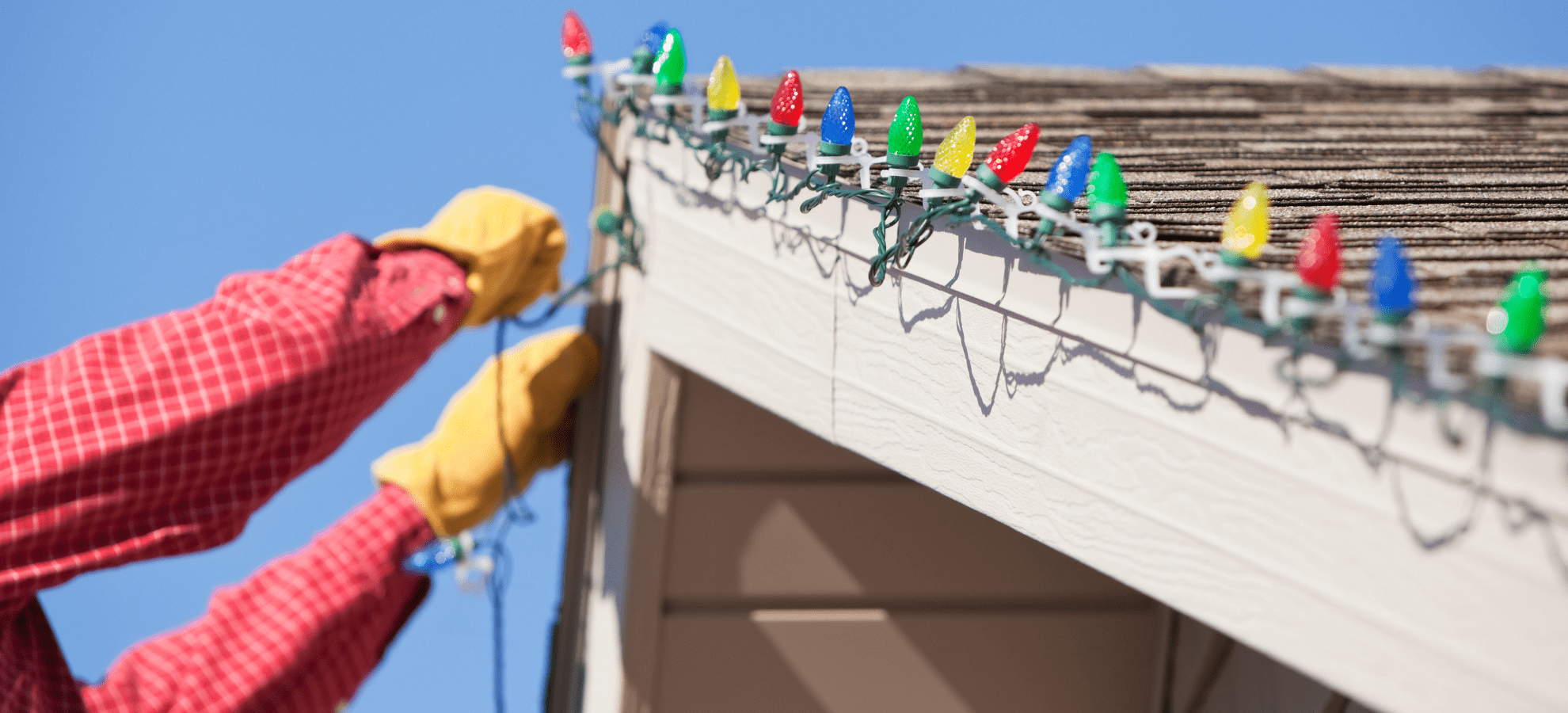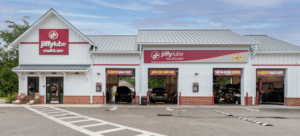This story is part 3 of a 7-part series which chronicles the redevelopment of the former Myrtle Beach Air Force Base and its evolution into the Market Common from the perspective of retired Air Force Colonel Buddy Styers, executive director of the Myrtle Beach Air Force Base Redevelopment Authority. This article continues where we left off with Part 2, from the November 2016 issue.
The Redevelopment Years of The Market Common
by Melissa LaScaleia
By the time the parcel of land that was to become the Market Common had been sold to Dan McCaffery, the Redevelopment Authority had already installed telephone; electricity; a regional stormwater management system; roads; sidewalks; underground utilities; water; sewer; and computer lines according to a specific design. The design differed however, from Dan’s vision for the urban village.
Dan recognized that in order to bring the development of the Market Common to fruition— and not have to dig up everything the Authority had put in place and put it back again in a slightly different location— he would have to amend his plan. Dan had to present his modified plan to the Community Appearance Board (a public body appointed by the city council that decides what new buildings and signage will look like), the City Planning Committee, and ultimately the city council, for approval.
With the help of Buddy, Dan navigated the back and forth that such a large-scale project necessitates.
“Dan and I were not only trying to get the planning done so we could get construction done,” Buddy says, “we were also working closely with the city to work our way through their administrative process, in order to put in place the additional public infrastructure to support the Market Common’s development.”
But Buddy’s position, appointed as it was by the city to help the city develop this land, still did not entitle them to any expedited privileges.
“We were treated no differently by the city than any other developer,” he says. “We had to go through the same process, meet all the requirements, cooperate with Santee Cooper for all the electricity, Horry Telephone for all the communications. Everything had to be in place before we started construction.”
The city was cooperative, but it still took them one year. Once the city council passed an ordinance, which approved the urban village construction, they could begin in earnest. At this point, Buddy’s work with the redevelopment authority was 50% complete; after the sale of the Market Common land, there was only a small amount of property left to redevelop.
In 2005, his plans approved, Dan offered Buddy the position of senior project manager for the development of the Market Common. Buddy and his chairman met with the South Carolina Ethics Commission to determine if there was a conflict of interest in his accepting. The Ethics Commission saw no conflict, so Buddy took the position to help grow the former Air Force base into something new.
Their next step was to build parking garages, additional sidewalks and more underground utilities.
The process to fund the additional public infrastructure was completed through a law called tax increment financing. In tax increment financing, a base tax-value is determined for the property, let’s say that is zero dollars. If, by putting in public infrastructure, the value then becomes 100,000 dollars, the taxes paid from that new valuation of the property will pay retroactively for the infrastructure that was put in place. Each time the tax value increment increases, there are more funds available to pay for more projects.
There was one other process by which funds were obtained to pay for the development of the Market Common: the Municipal Improvement District Act.
“We wanted to install the decorative street lamps you see around the Market Common,” he tells me, “but the city wanted to put in a standard light.”
The difference in the cost was $8. The city paid for the street lamps up to the amount of their standard-issue lights, and Buddy used the Municipal Improvement District Act to pay the difference.
With this law, land owners, based on the amount of land that they own, are assessed a cost on an annual basis that pays for the difference in the cost of the decorative lights.
“To create the ambience that we wanted in the Market Common, we knew that we had to have something nicer than the aluminum lights the city provided,” Buddy says.

















